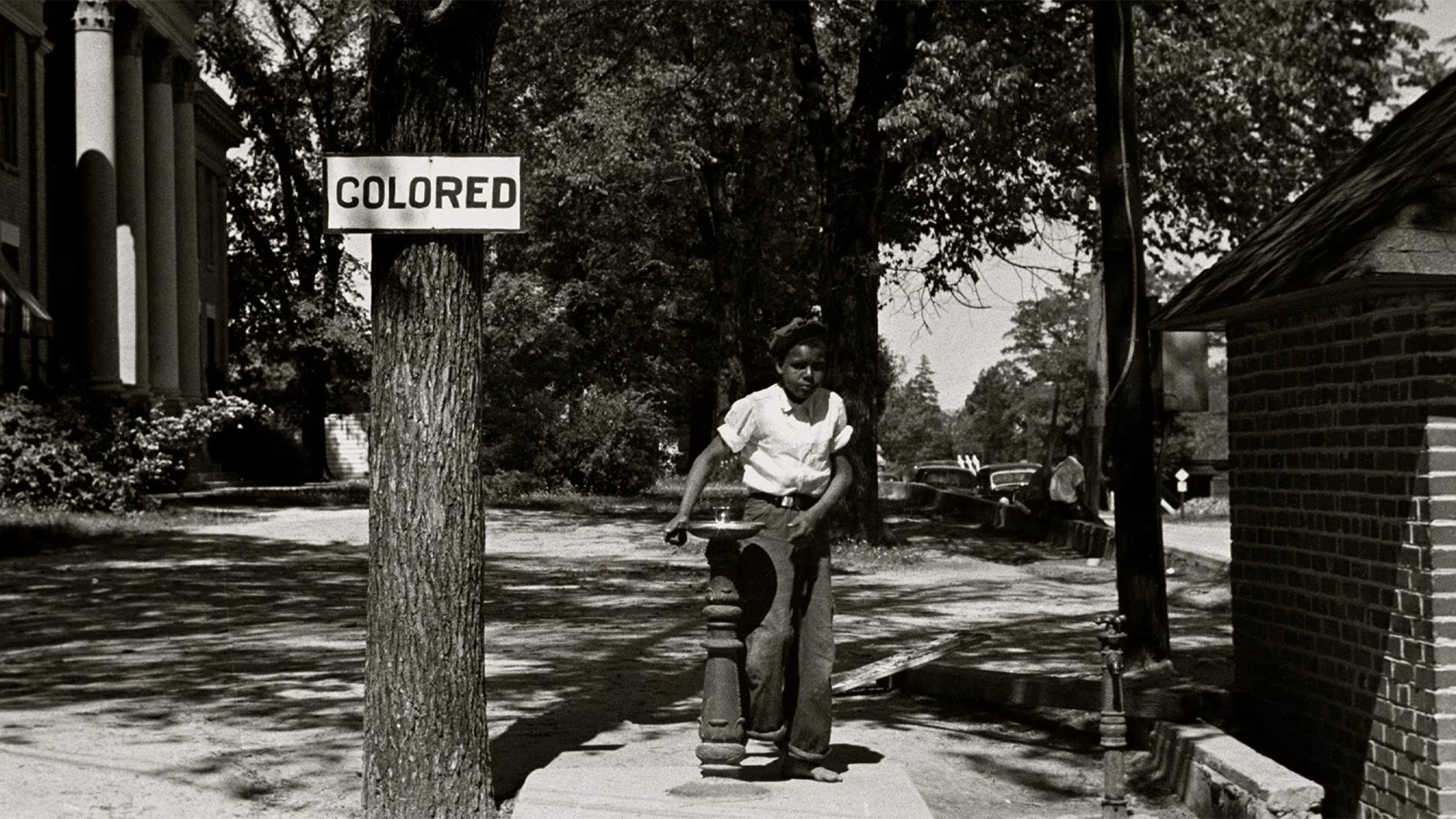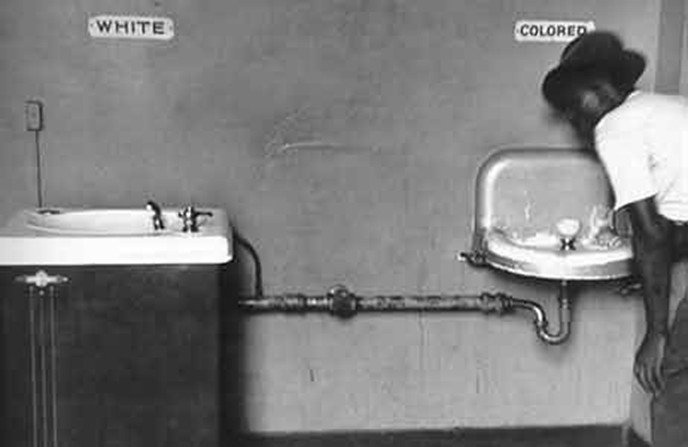Jim Crow and Plessy v. Ferguson

In the late 19th century, southern states codified racial segregation and voter suppression through Jim Crow laws.
The Dive
After Reconstruction ended in 1877, white-dominated governments in the South moved quickly to reverse the gains African Americans had made. They passed Jim Crow laws—state and local rules that mandated racial segregation in nearly every aspect of public life, from schools and trains to drinking fountains and cemeteries.
These laws weren’t just about separation; they were about control. Voting rights were stripped away through poll taxes, literacy tests, and grandfather clauses. Even when African Americans met the requirements, intimidation and violence often kept them from the polls. By the 1890s, Black voter turnout in many southern states had collapsed.
In 1892, Homer Plessy, a mixed-race man from Louisiana, deliberately challenged a segregation law by sitting in a 'whites-only' railroad car. His arrest led to the Supreme Court case Plessy v. Ferguson (1896). The Court ruled 7–1 that segregation was legal as long as facilities were 'separate but equal.'
In reality, 'equal' was a legal fiction. Black schools, train cars, and public facilities were almost always underfunded, poorly maintained, and inferior to those for whites. This ruling became the constitutional backbone for segregation for nearly six decades, shaping life in both the South and parts of the North.
African Americans responded with resilience and resistance. They established their own institutions (churches, newspapers, schools, and businesses) that became centers of community life and political organizing. Leaders like Ida B. Wells, Booker T. Washington, and W.E.B. Du Bois spoke out against injustice in different ways, from investigative journalism to legal challenges.
Jim Crow laws directly contradicted the democratic ideals stated in the Declaration of Independence and the post–Civil War amendments to the Constitution. Supporters claimed segregation kept the peace or reflected 'natural differences,' but these justifications crumbled under scrutiny, they were about preserving white supremacy, not fairness.
Understanding Jim Crow and Plessy v. Ferguson helps us see how legal systems can uphold inequality and why court decisions matter. It also shows that even in times of deep injustice, communities can organize, adapt, and push for change, laying the groundwork for the Civil Rights Movement of the mid-20th century.
Why It Matters
Jim Crow and the Plessy v. Ferguson decision reveal how laws and court rulings can entrench injustice for generations. Understanding this history helps us recognize the gap between America’s stated ideals and its lived reality—and reminds us that legal change is essential for achieving equality.
?
How did Jim Crow laws impact everyday life for African Americans in the South?
Why was the 'separate but equal' doctrine inherently flawed?
What role did the Supreme Court play in legitimizing segregation?
How did African American communities resist and adapt under Jim Crow?
What lessons can we draw from the legal and social battles of this era for modern civil rights struggles?
Dig Deeper
Although slavery had ended, this did not mean that Black Americans were entirely free. The Supreme Court's Plessy v. Ferguson decision legally allowed 'separate but equal' practices.
Explores how the Plessy v. Ferguson ruling set the precedent that segregating people by race was acceptable under the Constitution.
Related

The Gilded Age, Industrialization, and the 'New South'
A glittering era of innovation and industry, the Gilded Age promised progress but delivered inequality. In the South, leaders dreamed of a 'New South,' yet industrialization offered opportunity for some while reinforcing systems of poverty and discrimination for others.

Universal Suffrage in the United States
The right to vote wasn’t handed to everyone—it was fought for, over centuries, by people demanding that democracy actually mean everyone has a voice.

The Civil Rights Movement: Struggle, Solidarity, and Social Change
From classrooms to courthouses, buses to bridges, the Civil Rights Movement reshaped America’s laws — and its conscience.
Further Reading
Stay curious!

